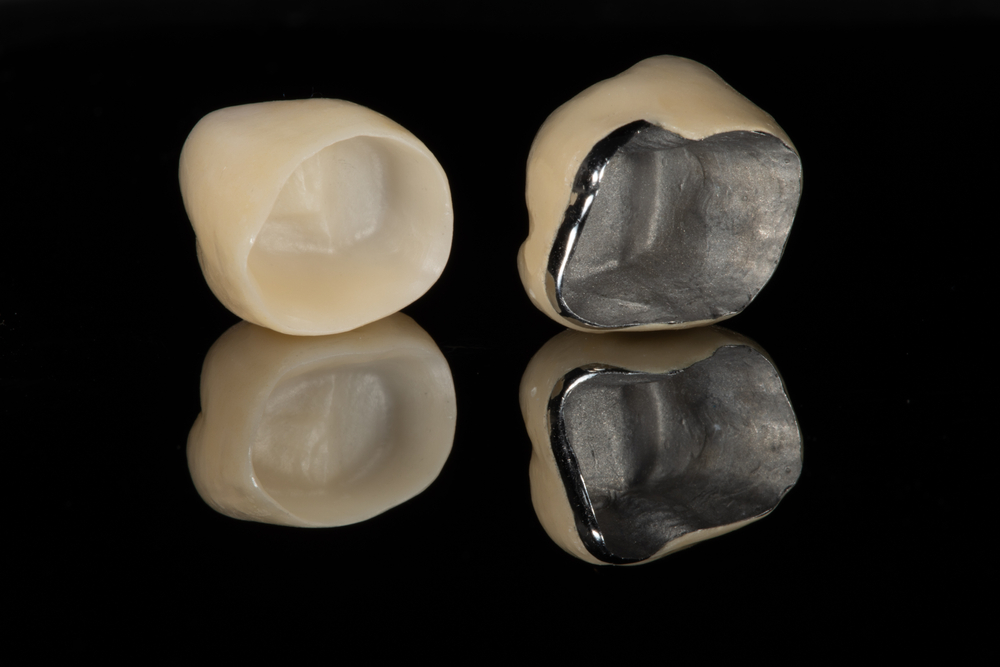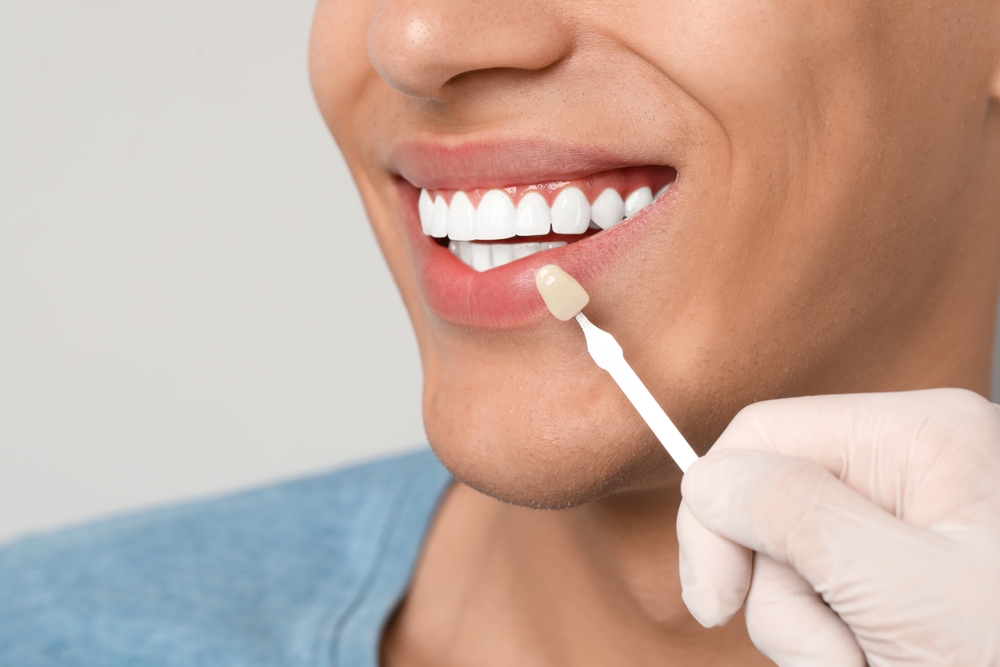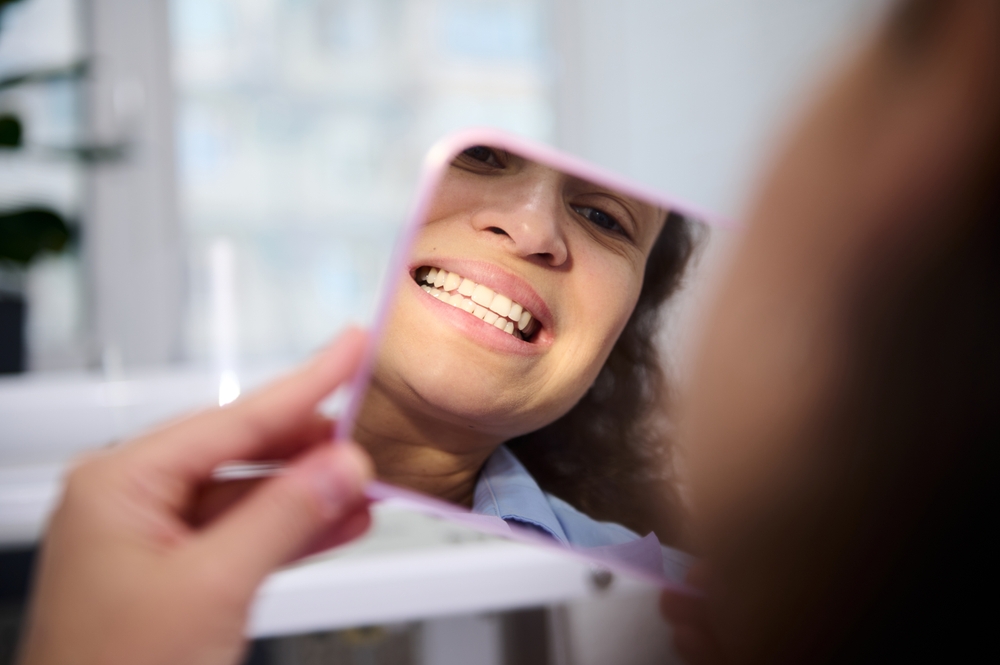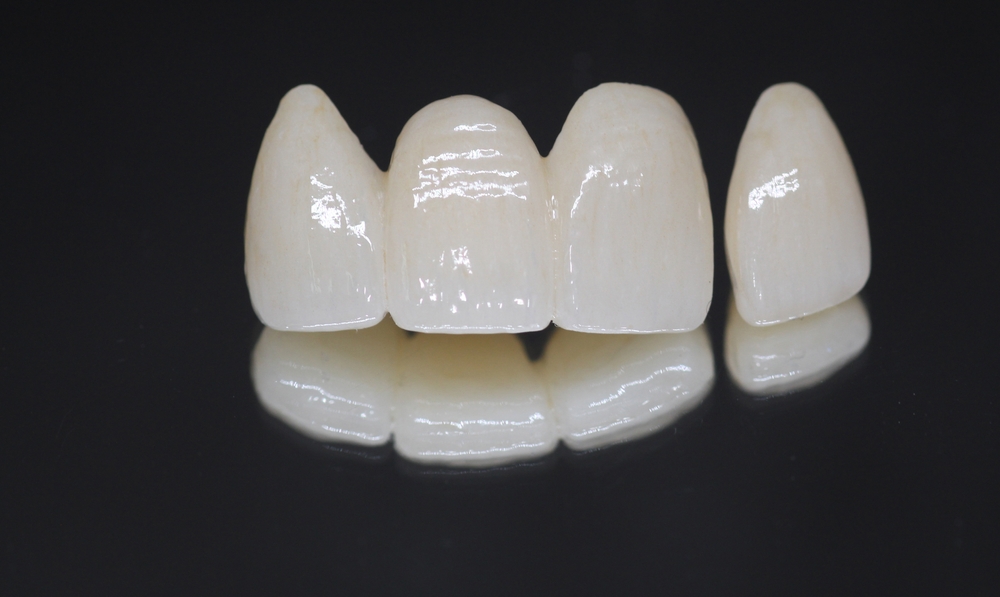Metal-ceramic restorations have been a cornerstone in dental prosthetics for decades, combining the strength of metal with the aesthetic appeal of ceramic. These restorations are widely used in creating crowns, bridges, and other dental prostheses, offering a blend of durability, functionality, and natural appearance. In this blog, we will define metal-ceramic restorations and evaluate their key advantages.
What are Metal-Ceramic Restorations?
Metal-ceramic restorations, also known as porcelain-fused-to-metal (PFM) restorations, are dental prosthetics that combine a metal core with a ceramic outer layer. The metal substructure, typically made from high-quality alloys like gold, platinum, or palladium, provides a strong and durable base. This metal core is then coated with layers of ceramic material, which is meticulously color-matched and shaped to replicate the natural appearance of teeth. The result is a restoration that offers the combined benefits of metal’s strength and ceramic’s aesthetic appeal, making it suitable for various dental applications, including crowns, bridges, and veneers.
Advantages of Metal-Ceramic Restorations
Here are some key advantages of metal-ceramic restorations that make them a popular choice among dental professionals and patients alike:
Exceptional Strength and Durability
The metal substructure in metal-ceramic restorations provides a robust foundation, ensuring the restoration can withstand the significant forces exerted during chewing and biting. This strength is especially beneficial for posterior teeth, which endure more pressure. The durability of these restorations means they can last many years with proper care, making them a cost-effective solution in the long run.
Superior Aesthetics
The ceramic overlay on metal-ceramic restorations can be color-matched to the patient’s natural teeth, offering a highly aesthetic result. Modern ceramics have advanced significantly, allowing for translucency and texture that closely mimic natural tooth enamel. This makes metal-ceramic restorations an excellent option for both anterior and posterior teeth, providing a balance between function and appearance.
Biocompatibility
Metal-ceramic restorations are generally well-tolerated by the body. The metals used, such as gold, platinum, and palladium, are biocompatible and rarely cause allergic reactions or adverse responses. The ceramic materials used are also inert and do not react with the body’s tissues, ensuring a safe and reliable restoration.
Versatility
These restorations are versatile and can be used in a variety of clinical situations. Whether it’s a single crown, a multi-unit bridge, or a full-mouth reconstruction, metal-ceramic restorations can be customized to meet the specific needs of each patient. Their adaptability makes them suitable for a wide range of dental applications, from restoring decayed or damaged teeth to replacing missing teeth.
Precision Fit
The fabrication process of metal-ceramic restorations involves precise techniques that ensure a perfect fit. Dental labs use advanced technology, such as CAD/CAM systems, to design and manufacture these restorations with high accuracy. This precision reduces the likelihood of complications such as improper fit or occlusion issues, leading to improved patient comfort and satisfaction.
Cost-Effectiveness
Compared to all-ceramic or all-metal restorations, metal-ceramic restorations offer a more affordable option without compromising on quality or aesthetics. The cost-effectiveness of these restorations makes them accessible to a broader range of patients, providing high-quality dental care without excessive financial burden.
Proven Track Record
Metal-ceramic restorations have been extensively studied and used in dentistry for many years. Their long track record of success provides dental professionals with confidence in their performance and reliability. This history of positive outcomes contributes to the continued preference for metal-ceramic restorations in many dental practices.
Conclusion
Metal-ceramic restorations offer a unique combination of strength, aesthetics, and versatility, making them a trusted choice in restorative dentistry. Their ability to provide durable, natural-looking results at a reasonable cost ensures they remain a valuable option for both patients and dental professionals. As technology continues to advance, the quality and effectiveness of metal-ceramic restorations will likely only improve, solidifying their place in the future of dental care.




